Why is it that stereotypes sell? I’m writing specifically about flamenco, but my guess is this applies to many other genres and fields…
Why are we so attracted to the superficial elements instead of digging deep to understand flamenco? The way I see it, copying and imitating gestures and expressions is like a child playing dress up. If a child wants to be a doctor, he puts on the white coat and gets a toy stethoscope; but to really become an M.D., he must spend years studying and understanding all the aspects of the human body and modern medicine. Why is it that in flamenco, it’s so easy to sell an illusion of flamenco without really understanding the art form from the inside out? (And this is not to say that I do understand flamenco, far from it, but I am doing my best to study flamenco).
This all stems from me having a hard time with a project I was hired for recently. I would say the show is ‘guiri flamenco’ (tourist flamenco, stereotyped flamenco). The superficial aesthetic and non-defining characteristics are being relied on to create a flashy show. Instead of working on the musicality and the connections between dance and music, polka dots and exaggerated gestures are being relied on. To me, the show feels like acting rather than really dancing flamenco.
At the end of the day, flamenco is about the music. There has to be a common understanding of the music between the performers and only then can anything be purposefully transmitted to an audience, and only then should extra ‘flashy’ elements be added if the director wants.
I started thinking of some of the films that Carmen Amaya did in Hollywood. She often played the role of the ‘gypsy’ and wore exaggerated gypsy costumes. But, the dancing and the music were there, even if the performers wore outlandish interpretations of gypsy costumes and filled a stereotypical role within the plot. Watch the first few minutes of this clip to see her role as the “gypsy dancer” in Knickerbocker Holiday (1944):
And what of Franco’s flamenco police? A friend recently told me that there were actually police during the reign of Franco that made sure any flamenco presented in Spain fit Franco’s image of flamenco–one which he utilized to attract tourists to the country when few people wanted to travel to a fascist-ruled state. Franco utilized the fashionable elements of flamenco–the beautiful woman in a polk-dot dress with a flower and peineta (hair comb), rather than the more gritty realities of the folk music and dance.
In attempting to find more concrete evidence of these ‘flamenco police’ (other than just many people affirming it) I came across an article describing flamenco by American scholar William Washabaugh in Ethnomusicology Vol 41, No. 1 Winter 1997 (Click here for the link to the full article). Here’s a little clip and I will explain why I think it gives an incomplete vision of flamenco. Washabaugh describes flamenco as follows:
Men gather daily in local taverns to discuss the day’s events; these discussions frequently continue late into the night, turning into fests of wine and song. The longer they persist at their drinking and singing, the more intense their reunion becomes. The air, thick with smoke and the musky scent of wine, starts to resonate with their passion. Eventually, one or another of the singers produces a texture of sound that sets teeth on edge, induces chills, and raises goose bumps. This is a signal moment in the art of flamenco.
Most of the verses (coplas) that they sing have been sung before. The lyrics (letras)in these verses do not need to be honed fine in order to elicit fevered emotion: they can be fashioned in a simple poetic style that does little more than announce evocative terms such as love, hate, pain, death, mother, prison. Still, these coplas operate like psychic keys to open up floodgates of passion.
The moment I fell in love with flamenco I become entranced in the footwork. Not simply because they were loud fast stomps, there was something more there. First of all, the footwork was in-time with the music, therefore making it more than just random stomps on the ground. It was percussive music being used to express something–at the least the music itself, if not something personal from the artist. Flamenco resonates with the audience because it is structured and in that structure there is room for personal expression.
Flamenco seems to always have had this tension between the aesthetic elements and its actual musicality and expression. It all leads me back to the question of what is flamenco? And my answer, or attempt at answering, is delving into the history and music, understanding flamenco’s development as much as possible, familiarizing myself with the melodies and rhythms, etc….Being able to understand to the point where I can interpret them and transmit a bit of myself through them….It’s a bit of an uphill battle against stereotyped flamenco in the U.S., but I’m going to try anyway (which also means I need to spend more time in Spain studying….)

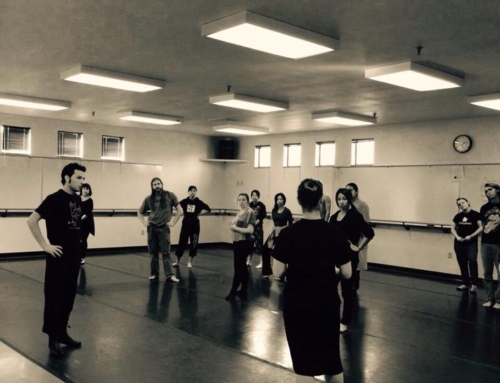
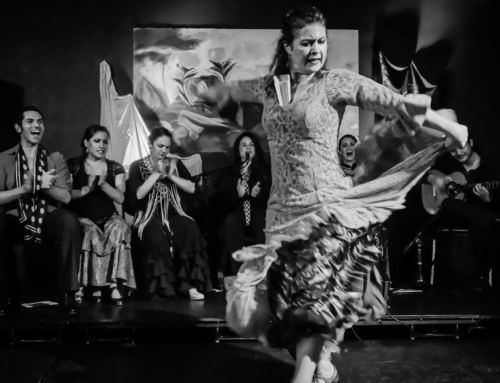
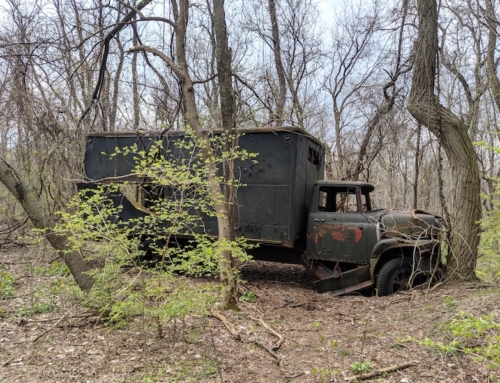

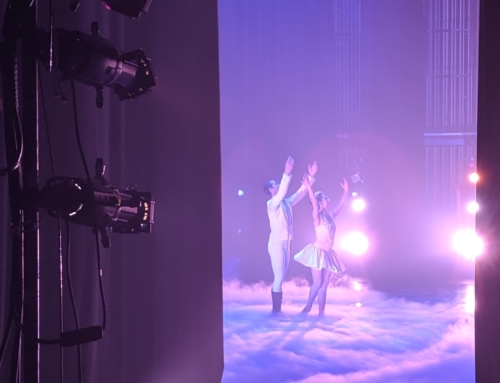
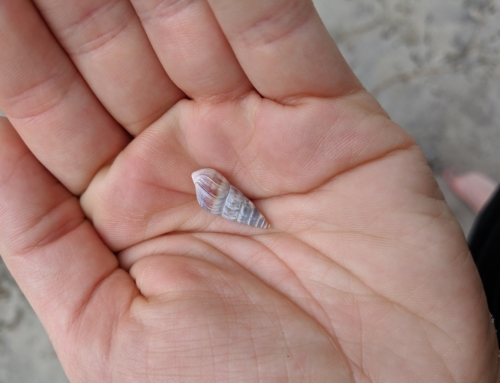
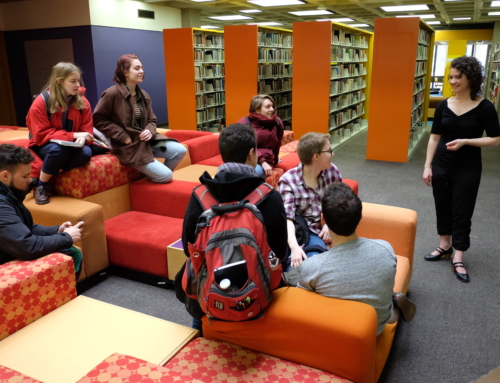
Leave A Comment